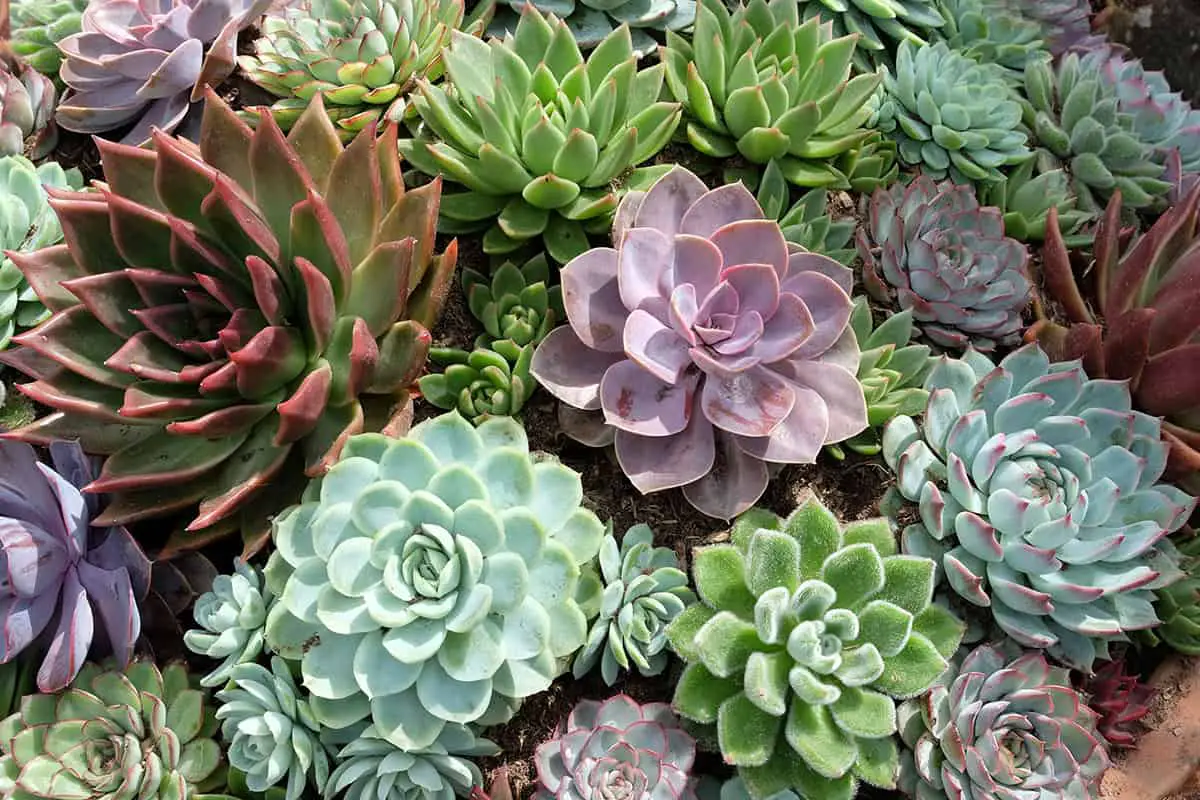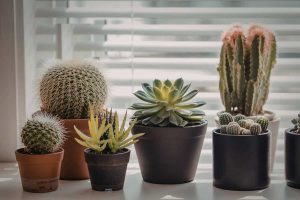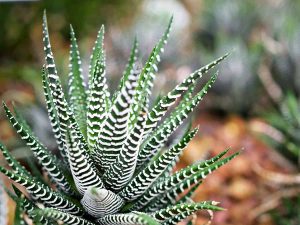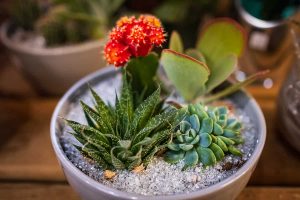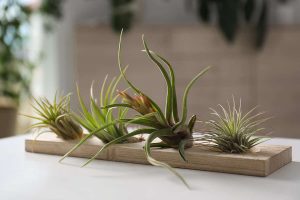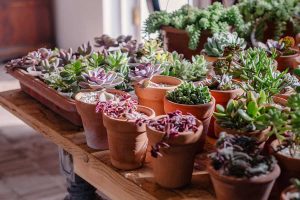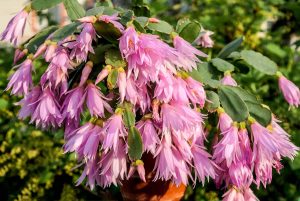Adding an Echeveria to your plant collection is a fantastic way to enhance your space with its charming rosette shape and vibrant colors. If you’ve found yourself unsure about how to care for this stunning succulent, you’re not alone. Follow these easy tips to maintain a healthy, eye-catching succulent that enhances your indoor garden.
| Common Name | Echeveria |
| Botanical Name | Echeveria spp. |
| Family | Crassulaceae |
| History & Origin | Native to Central and South America |
| Plant Type | Succulent |
| Mature Size | 2-12 inches tall, 2-12 inches wide |
| Sun Exposure | Full sun to partial shade |
| Soil Type | Well-draining, cactus or succulent mix |
| Soil pH | 6.0-7.0 |
| Temperature | 65-80°F |
| Watering | Water when soil is dry, avoid overwatering |
| Fertilizing | Light feeding during growing season, diluted fertilizer |
| Bloom Time | Spring to summer |
| Flower Color | Red, orange, pink, yellow |
| Hardiness Zone | 9-11 USDA |
| Toxicity | Non-toxic to pets and humans |
| Common Problems | Overwatering, root rot, pests like mealybugs |
Table of Contents
Light
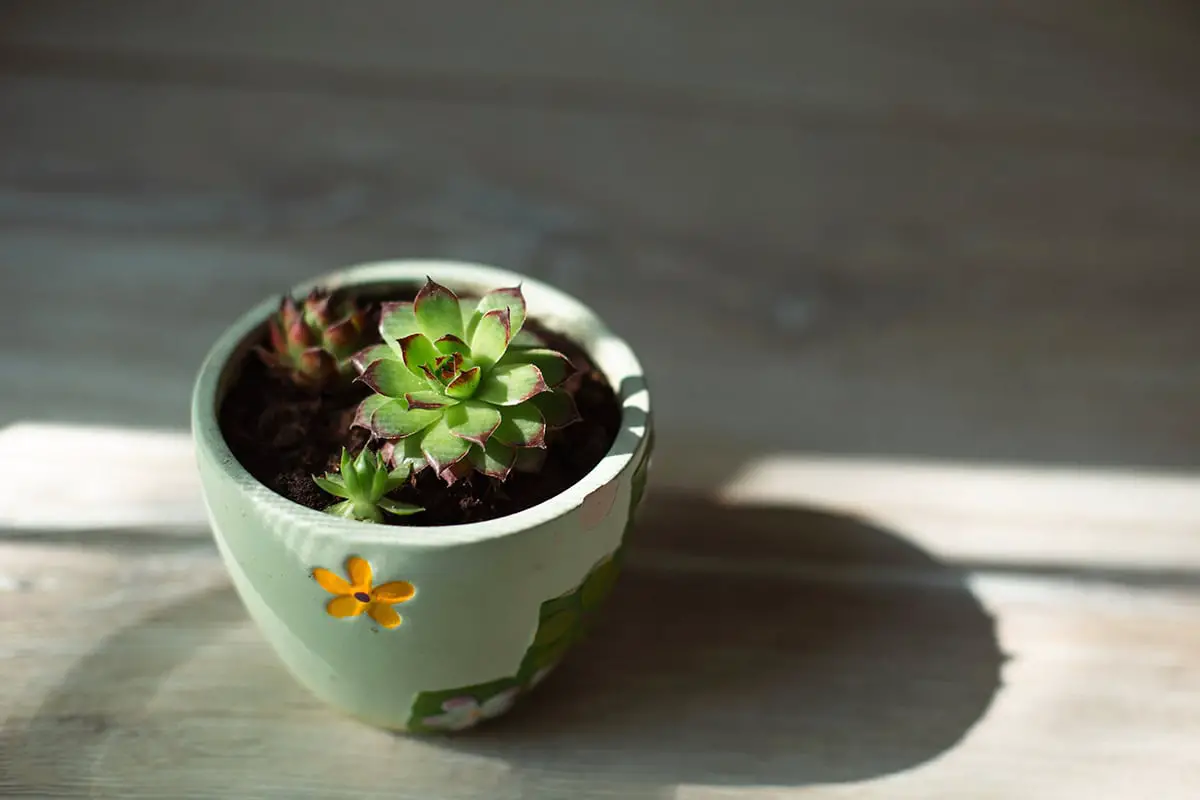
Echeveria plants thrive in abundant sunlight. Place them in an area where they receive at least six hours of direct sunlight daily. A south-facing window is an excellent choice.
Too little light causes Echeveria to stretch, losing their compact shape. Inadequate light also affects the vibrant color of the leaves, making them dull.
If you’re growing Echeveria indoors, consider using grow lights during winter. When transitioning Echeveria to brighter light, do it gradually. Sudden exposure to intense light can scorch the leaves. Start with indirect sunlight and then move to direct sunlight.
Pay attention to the color of the leaves. Too much light can cause red or brown spots. Adjust the plant’s location if needed to prevent damage.
Ideal light conditions help your Echeveria develop strong, vibrant foliage. Consistent light ensures the rosettes remain tight and the leaves colorful.
Soil
Echeveria requires well-draining soil to thrive. A mix of cactus or succulent soil works best. You can also create your own blend by combining potting soil, sand, and perlite.
Using gritty soil helps prevent root rot. Ensure the soil drains water quickly. Avoid heavy, clay-like soil. It retains too much moisture, which is harmful to Echeveria.
When planting Echeveria outside, choose a spot with sandy, well-draining soil. If needed, amend your garden soil with sand or gravel.
Adding a layer of small rocks or pebbles to the top of the soil helps with drainage. This keeps the base of the plant dry. This technique also limits weed growth.
Watering Echeveria properly involves letting the soil dry out completely between waterings. Check the top inch of soil. If it’s dry, it’s time to water the plant.
Echeveria prefers soil pH between 6.0 and 7.0. Test your soil pH. Adjust using organic methods if needed. Echeveria doesn’t require rich, fertile soil. Too much fertilizer can lead to weak, leggy growth.
For indoor Echeveria, make sure plant pots have drainage holes. This prevents water from standing in the soil. Standing water leads to root diseases.
Watering
Overwatering is a common issue that can harm the plant. Always check that the soil is dry before you water. Echeveria plants prefer to be on the drier side.
During their growing season, water your Echeveria thoroughly. Allow the water to drain completely. Avoid leaving the plant sitting in water. This prevents root rot and other issues.
When the plant is dormant, water sparingly. This is typically once every two to four weeks. Make sure you water on sunny days to allow the leaves to dry out.
Overhead watering can lead to rot and unsightly water spots on the leaves. Instead, water the soil directly. Pay attention to the signs of overwatering such as yellow and mushy leaves.
Consider using a well-draining soil mix to help manage moisture levels. This helps prevent the soil from becoming too wet. Proper soil can reduce overwatering issues.
If you notice the leaves dropping or seeing mold and fungus gnats, these are signs of overwatering. Adjust your watering routine accordingly. Ensure you maintain a balance to keep your Echeveria healthy.
Temperature and Humidity
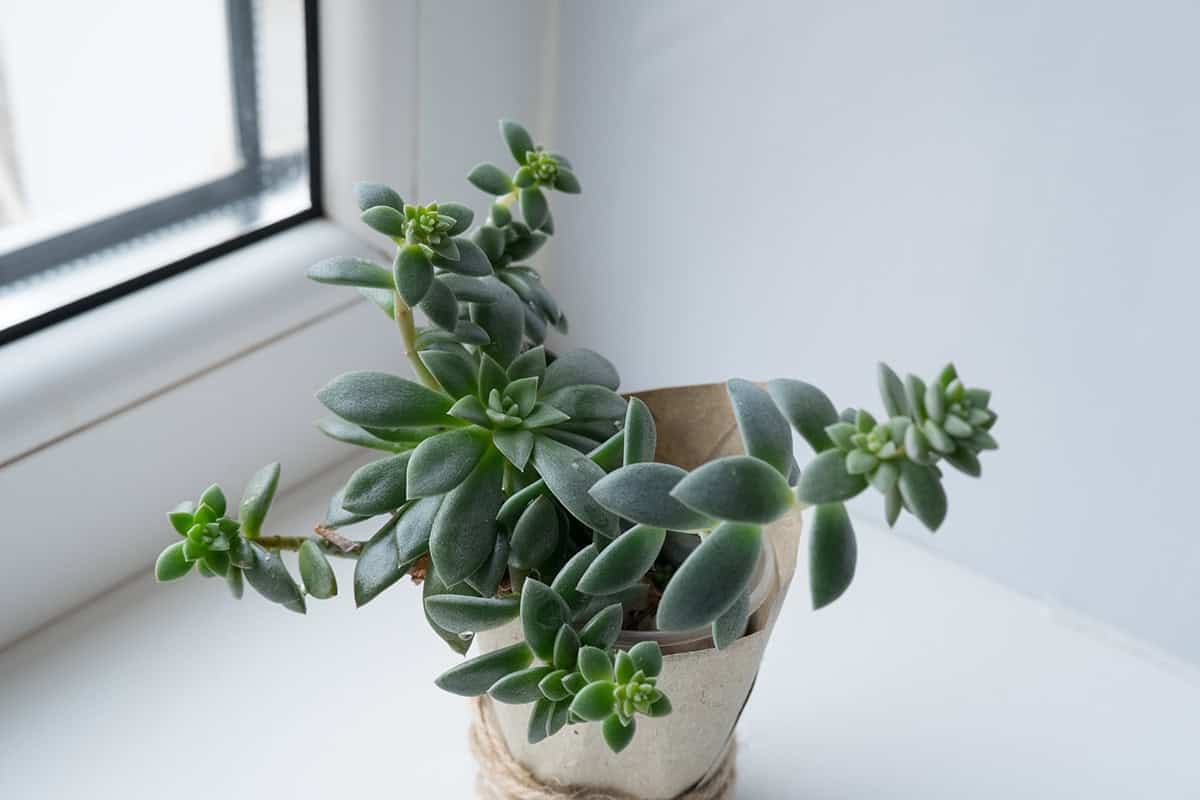
Echeveria plants need daytime temperatures between 70°F and 80°F and can tolerate nighttime temperatures down to 65°F. This range ensures optimal growth.
It’s important to maintain such temperatures for healthy plants. Frost can damage Echeveria. They can handle temperatures as low as 32°F, but this is risky.
Relative humidity affects Echeveria growth. For best results, maintain humidity levels between 40% and 50%. This medium level of humidity prevents issues related to both low and high moisture content.
High humidity can lead to rot and other problems. When humidity levels fall below 20%, Echeveria might dry out too quickly. Aim for balanced conditions.
Monitoring indoor conditions helps maintain these parameters. Using a thermometer and hygrometer can provide accurate readings, aiding in better care for your Echeveria.
Fertilizer
You should opt for a weak fertilizer. Apply it every 2-4 weeks during the growing season. This will support both growth and flowering.
Try a balanced, water-soluble fertilizer. Dilute it to half-strength. Over-fertilizing can harm your plants. It’s better to err on the side of caution.
For a more hands-off approach, consider a slow-release fertilizer. These can feed your plants for months. Popular options include Osmocote pellets. They release nutrients gradually.
Fertilize lightly in the spring. This coincides with peak growth. Avoid fertilizing during the winter. Echeveria tends to be dormant in colder months.
If you are using powdered fertilizers like Miracle Gro, mix it to one-fourth strength. This prevents nutrient burn. Always water the soil lightly before and after applying fertilizer. This helps distribute nutrients evenly.
Propagation
The plant often produces offsets, or “pups,” that you can separate and replant. Use a sharp knife to cut the pup from the mother plant. Ensure the pup has roots before transplanting.
Leaf cuttings are another efficient method. Gently twist a healthy leaf from the plant. Let the leaf dry for a few days to form a callus. Place it on well-draining soil.
Stem cuttings can also be used. Cut a healthy portion of the stem. Let it dry for a few days. Plant it in the soil once it’s dry.
Seeds are less common but still an option. Sprinkle seeds on well-draining soil. Keep the soil moist but not wet. Seeds take longer to grow compared to other methods.
Tips for Success:
- Use a sterile knife or scissors to prevent disease.
- Dry cuttings for a few days to prevent rot.
- Choose well-draining soil to avoid waterlogging.
- Place new plants in bright, indirect light until established.
Pruning
Pruning Echeveria helps to remove dead, damaged, or diseased leaves. This also encourages new growth.
Use sharp, sterilized scissors or pruning shears. Cut off any unhealthy leaves at the base. Make clean cuts to avoid damaging the plant.
If the plant becomes leggy, prune back the stem. This encourages a more compact growth. Save healthy cuttings for propagation.
Remove flower stalks after blooming. This prevents the plant from wasting energy on seed production. Flower stalks can also be used for propagation.
Regular pruning keeps your Echeveria tidy. It helps maintain its attractive rosette shape. Check your plant weekly for any leaves that need to be removed.
Tools Needed
- Sharp scissors or pruning shears
- Sterilizing solution (rubbing alcohol)
Quick Tips
- Always make clean cuts.
- Remove leaves at the base.
- Prune leggy stems to encourage compact growth.
Potting and Repotting
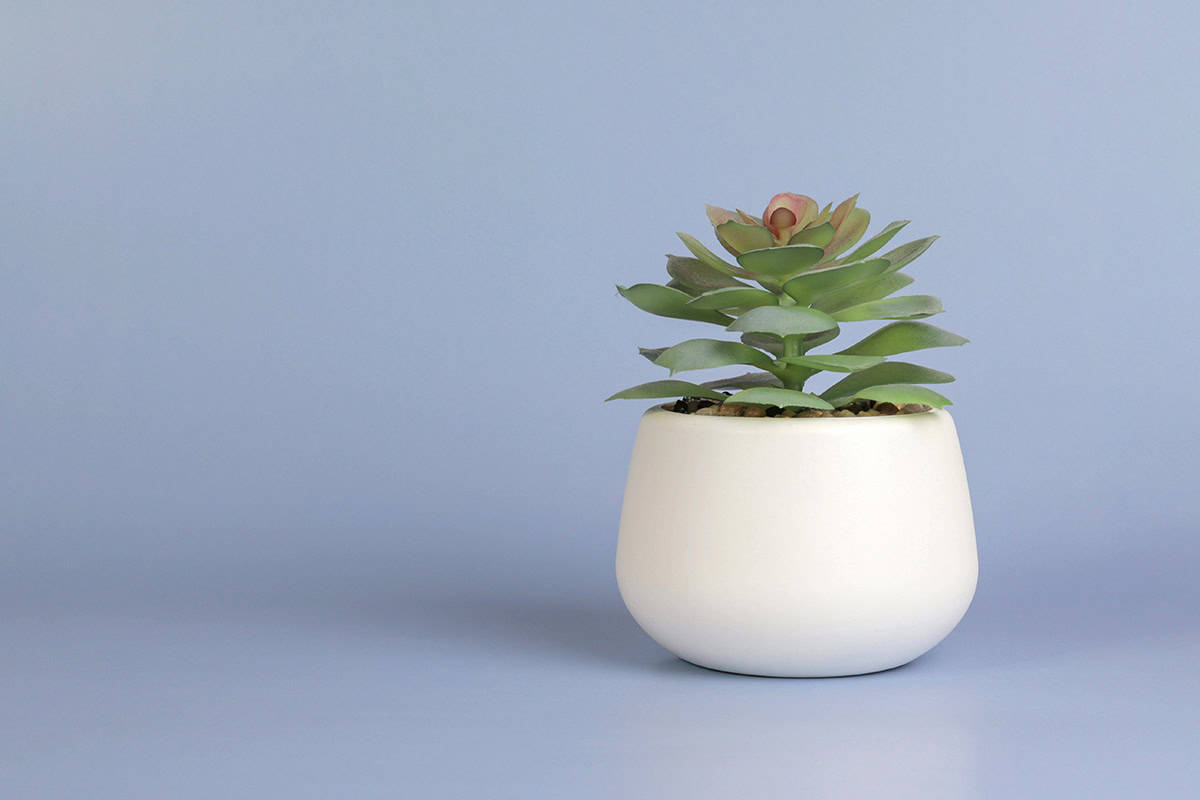
When planting Echeveria, choose a shallow pot with drainage holes. Echeveria thrives in well-draining soil. Use a cactus or succulent mix. Avoid garden soil. You can create your own mix with equal parts perlite and potting soil.
Repot Echeveria every two to three years. Repotting keeps the soil fresh and prevents root rot. The best time for repotting is early spring or summer. This is when the plant begins its growing season.
Remove the plant from its old pot carefully. Inspect the roots and trim any dead or rotting parts. Use slightly damp potting soil for repotting. After placing it in the new pot, wait 7-10 days before watering. This helps the roots heal.
Repotting gives Echeveria a healthy start in the new pot. It also ensures proper air circulation around the roots.
Choose a new pot that is slightly larger than the old one. A pot that is too large can hold excess moisture. This can lead to root rot. Keep Echeveria in a sunny spot after repotting. Echeveria needs full sun to thrive.
Common Problems & Troubleshooting
Overwatering is a frequent issue with Echeveria. When plants sit in wet soil, leaves turn yellow, soft, and mushy. The soil may become moldy, and fungus gnats can appear. Ensure your Echeveria is planted in well-draining soil to avoid these problems.
Underwatering can also harm Echeveria. If the leaves shrivel and become dry, your plant needs more water. Water thoroughly but let the soil dry out between waterings.
Lack of Sunlight affects Echeveria’s growth and color. Without enough light, the plant becomes leggy and loses its vibrant hues. Place your Echeveria in a sunny spot to maintain its health and appearance.
Pests can be an issue. Though Echeveria generally has no significant pest problems, watch for mealybugs and aphids. These pests can damage leaves and stems. Remove pests manually or use insecticidal soap.
Poor Soil can stunt growth. Echeveria needs a well-draining soil mix. A cactus or succulent mix works well. If the soil is too dense, roots may rot.
Temperature Changes can shock the plant. Echeveria prefers steady, warm temperatures. Protect your plant from drafts and sudden temperature fluctuations. If you grow it outdoors, bring it inside during cold months.
Echeveria Varieties to Choose
Echeveria plants come in many varieties. They offer unique colors and shapes. Most have rosette-shaped leaves. These succulents are easy to care for and add beauty to your garden or home. Explore some popular choices.

Echeveria ‘Lola’ has a lavender hue. Its rosettes form tight circles. This variety looks great in containers or rock gardens.
Echeveria ‘Perle von Nurnberg’ is known for its pinkish-purple leaves. The leaves often have a powdery coating. It thrives in full sun.
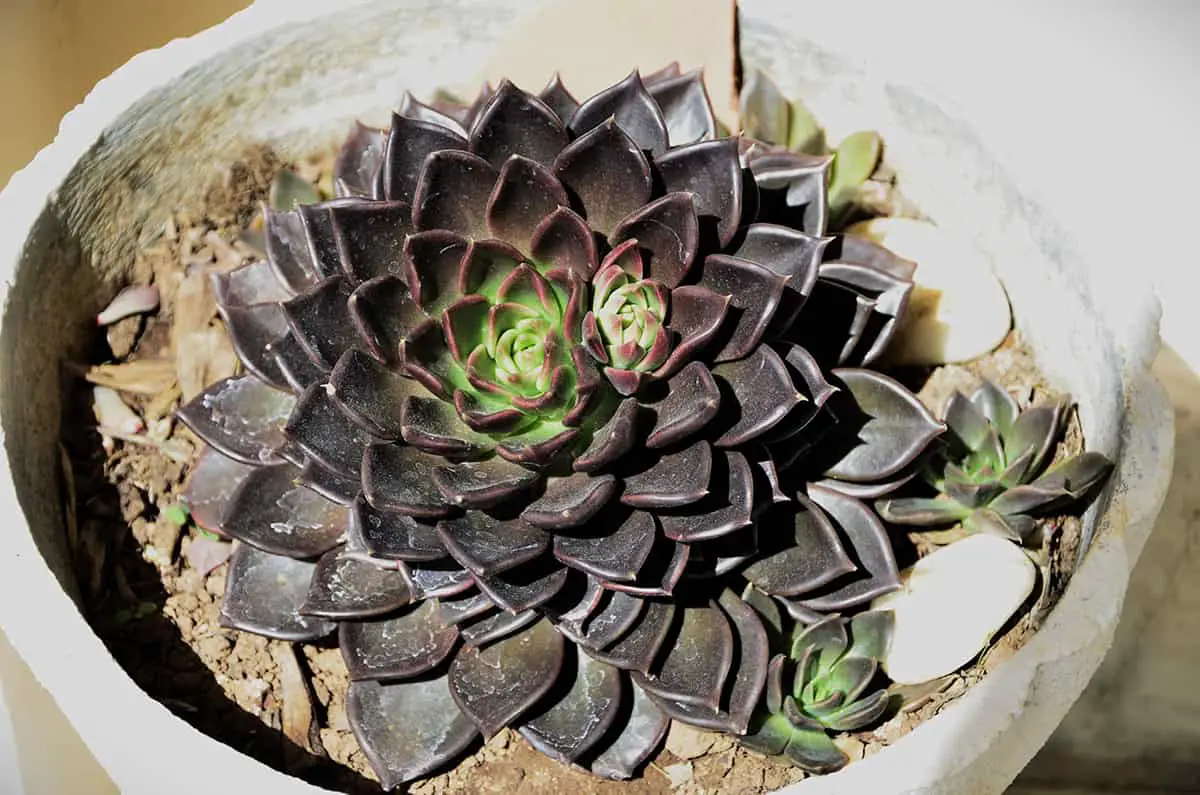
Echeveria ‘Black Prince’ stands out with dark, almost black leaves. The rosettes are small and compact. This variety is very eye-catching.
Echeveria ‘Topsy Turvy’ has leaves that curl inward. This gives it a unique appearance. It is ideal for both indoor and outdoor settings.
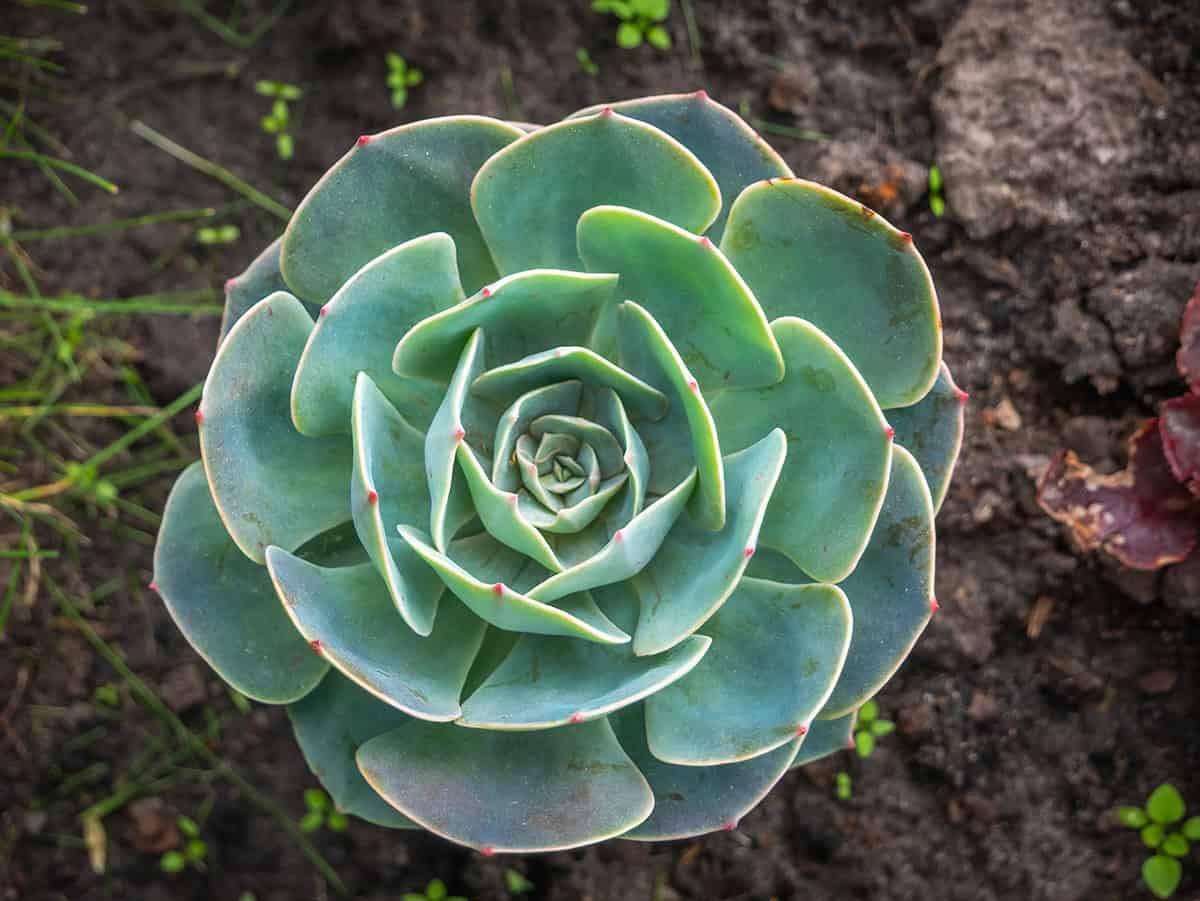
Echeveria secunda is characterized by blue-green leaves. The rosettes can grow up to 6 inches wide. It makes offsets easily for propagation.
For those looking for variety, Echeveria x gilva can flower several times in a season. It does well with weak fertilizers every 2-4 weeks. It prefers well-draining soil and ample sunlight.
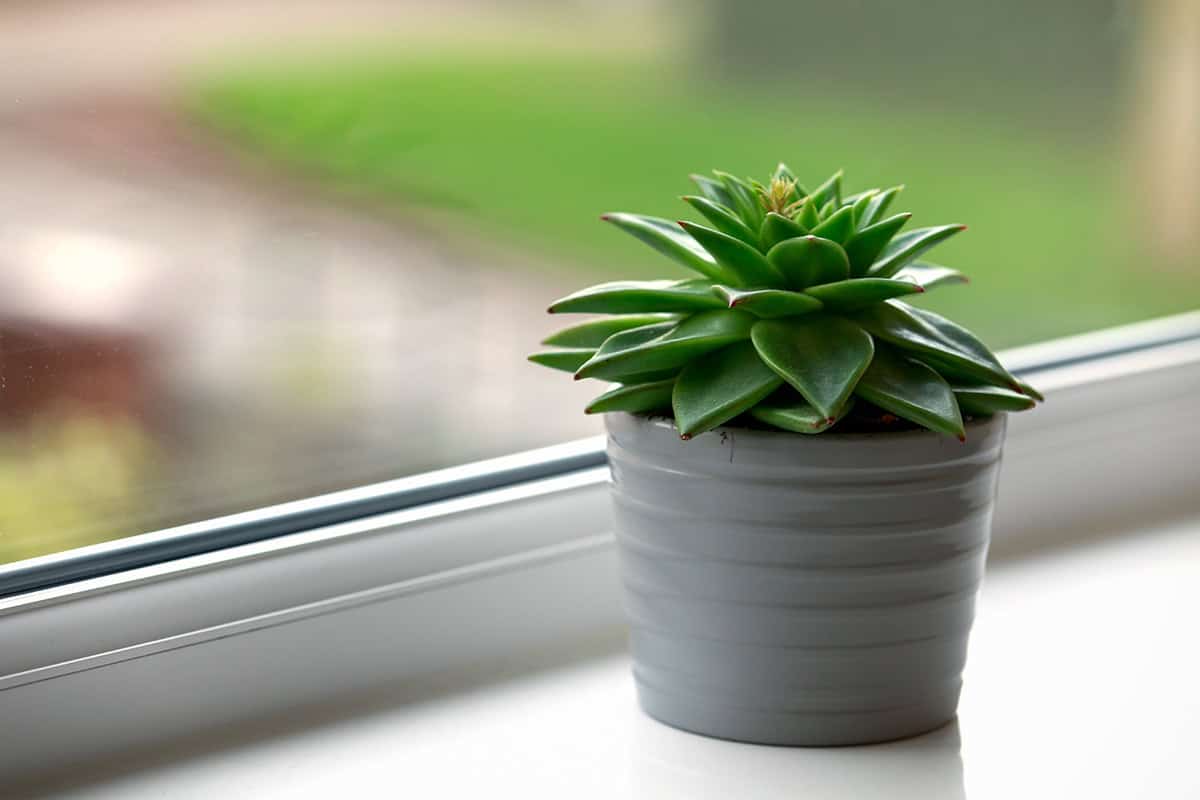
If you love vibrant colors, Echeveria agavoides might be for you. The leaves are bright green with red tips. It requires plenty of light to maintain its color.
When choosing Echeveria varieties, consider your climate. Some types can tolerate mild frost. For instance, Echeveria x gilva can endure temperatures down to 32°F.
Adding Echeveria to your garden or home decor brings beauty and ease. Their hardy nature and striking appearance make them popular choices among garden enthusiasts. Consider mixing varieties for a diverse look.
